Imagine looking into the mirror and seeing a completely different version of humanity, one with huge eyes, advanced technology wired into the brain, and even the ability to regrow lost limbs. While it may sound like science fiction, this could be what our species looks like one million years into the future.
Thanks to rapidly advancing technology, space travel, and genetic engineering, the human body is poised to change in ways we are only beginning to imagine. Here is a look at how humans might evolve over the next million years, and what could drive those transformations.
Day One: A Peek into the Future
Let us start with a model named Mindy. She represents what humans could look like by the year 3000. Mindy has a hunched back, claw like fingers, and a smaller brain. The reason? Technology. Our heavy reliance on screens and mobile devices could gradually shift our posture and change how we use our bodies.
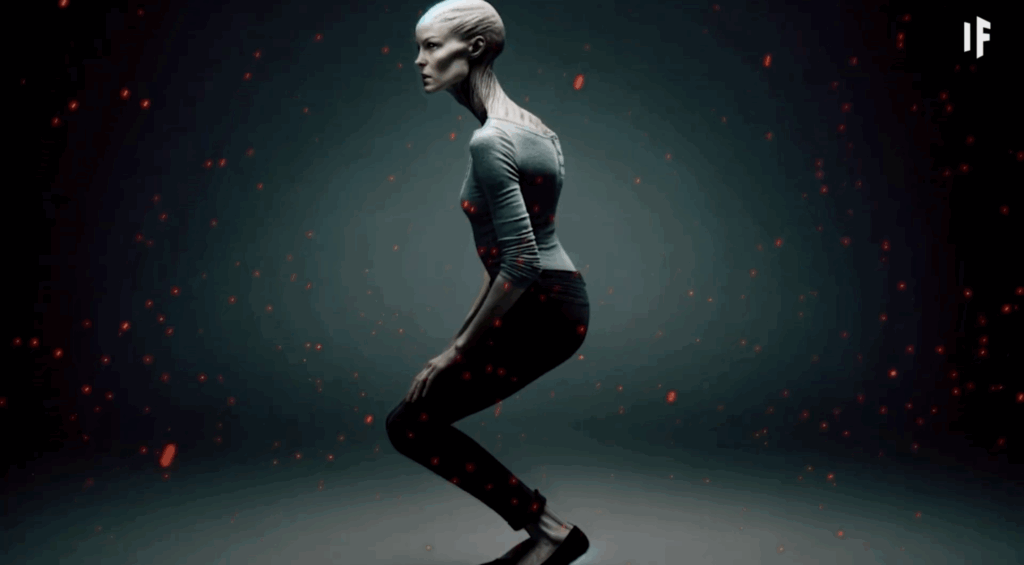
But Mindy is just the beginning. Over the next million years, the human body could evolve in even more radical ways, especially if we start living beyond Earth.
5,000 Years into the Future
If you compare a person today to someone from five thousand years ago, they would look very similar. Future humans would likely still resemble us, but subtle differences could emerge, taller height, improved health, and possibly greater strength due to better nutrition and medical care.
Much depends on where we choose to live. If humans stay on Earth and continue integrating with artificial intelligence, we might develop neural implants and enhanced physical features. But if we become a space traveling civilization, humans on Mars or other planets could evolve quite differently.

Mars, for example, has lower gravity. Over generations, this could lead to humans with longer limbs and reduced bone density. Humans who live in space might also adapt to survive in radiation heavy environments.
25,000 Years into the Future
By this time, choosing how your children look and function could be as routine as selecting an outfit. Through advanced genetic engineering, parents may customize traits like height, intelligence, disease resistance, and physical appearance. This concept, already in its early stages today, would be much more refined and widespread.
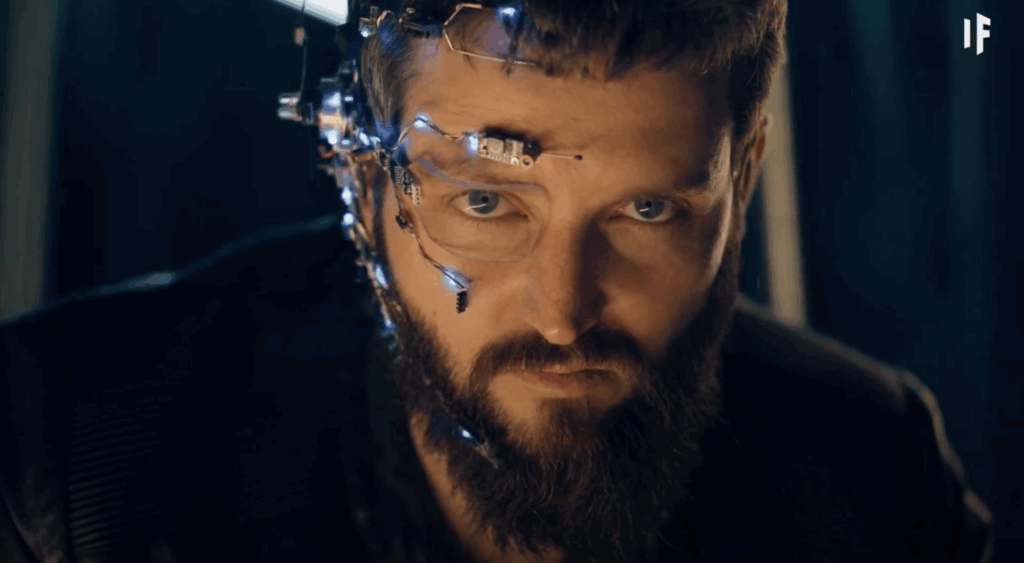
We may also begin to merge more closely with machines. Humans of the future could have robotic limbs, artificial organs, and brain implants connected to powerful artificial intelligence systems, effectively becoming part machine.
100,000 Years into the Future
One of the most visible signs of human evolution will be in our heads and faces. As we adapt to new environments, such as life in space, our eyes may grow much larger to help us see in low light conditions. Our skulls may expand to accommodate increasingly powerful brains.
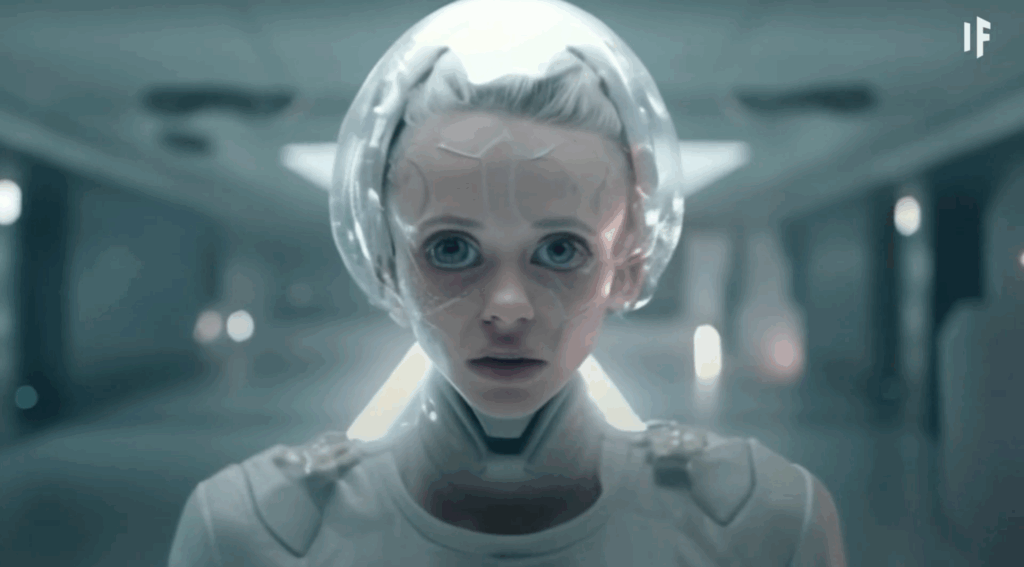
On Mars, humans could grow taller due to weaker gravity, but also face constant exposure to radiation. With time, some natural adaptations could occur, but we would likely need to give evolution a helping hand.
250,000 Years into the Future
At this point, humans may no longer be waiting for evolution to work slowly over generations. With full control over genetic modification, we could edit our DNA to adapt to new environments almost instantly.
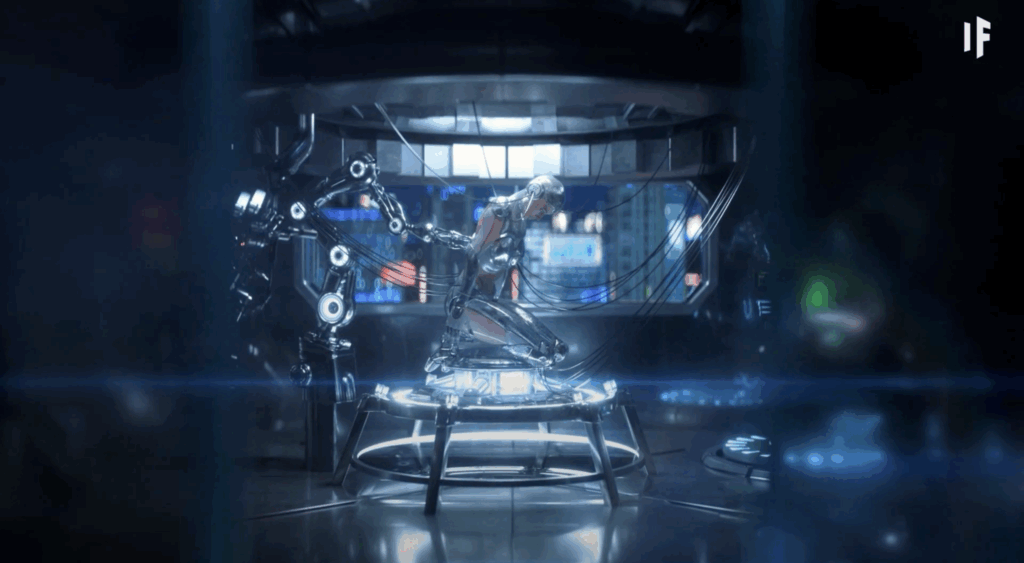
People living on Mars, for instance, might use genetic editing to become more resistant to radiation. Others might engineer themselves for high intelligence, disease immunity, or even new physical capabilities like enhanced strength.
500,000 Years into the Future
Genetic science will be so advanced that humans may begin experimenting with animal DNA. Imagine growing back a lost arm like a lizard, or generating a new organ if one is damaged. These science based superpowers could become common.
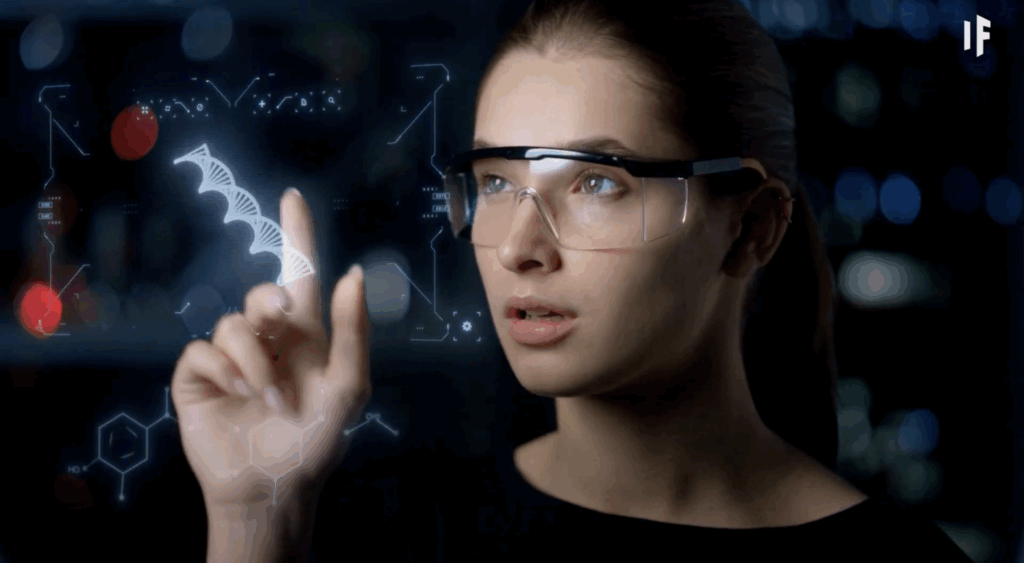
Appearance will also be fully customizable. Want to be eight feet tall? There is a gene for that. Prefer a specific hair color or skin tone? That is an easy edit. While these changes might sound extreme, they may be necessary for survival on different planets or in extreme environments.
1,000,000 Years into the Future
By now, Earth and Mars would host very different types of humans. Those who remained on Earth would have evolved in line with advanced technology, genetic enhancements, and a changing climate. Meanwhile, Martian humans would look and function differently due to the unique demands of their environment.
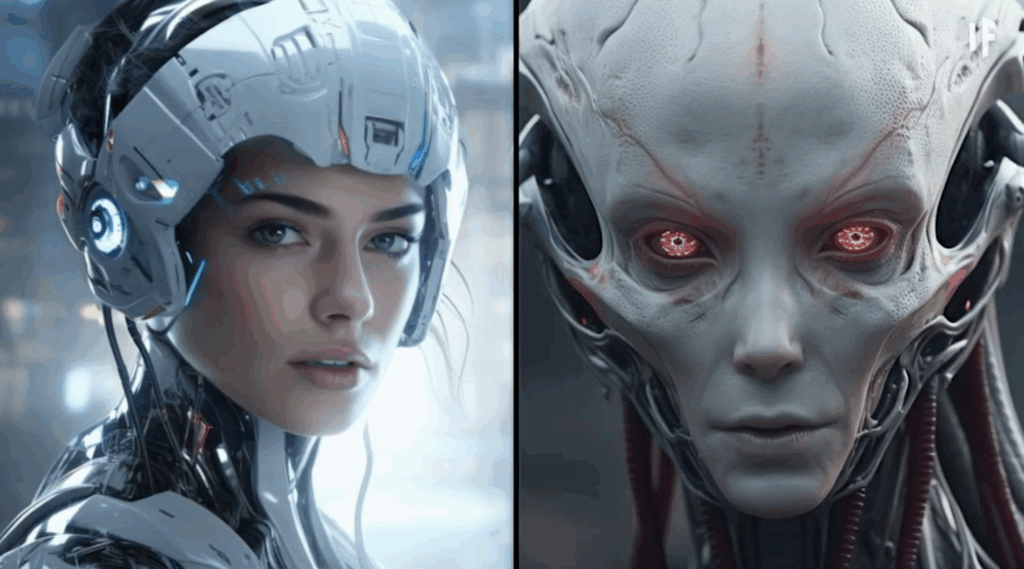
Just as Neanderthals and Homo sapiens once coexisted on Earth, we may see multiple distinct human species, each adapted for their own world.
Despite their differences, future humans would likely be the most advanced species ever seen. Smarter, more adaptable, and possibly capable of living far longer, maybe even indefinitely, they would be ready to face the challenges of the cosmos.



























